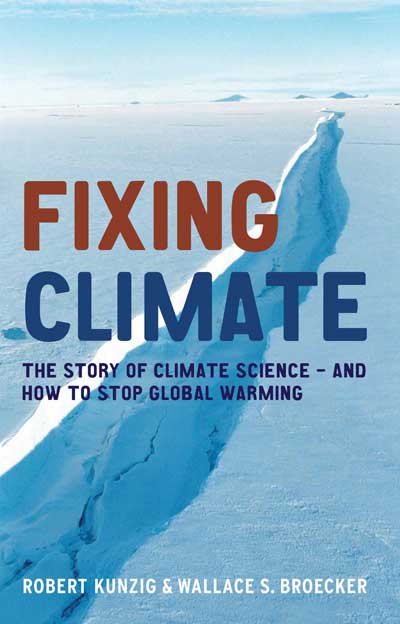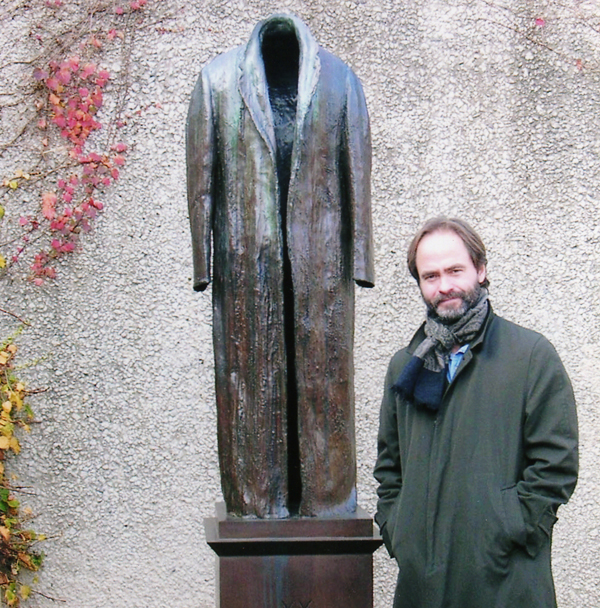Readers will recall the awkwardly titled September post, “NatGeo actually calls Wally Broecker to discuss evidence for cosmic impact at Younger Dryas start.” The Tusk was trying to convey there my astonishment that a thoughtful and thorough article was written on recent advances in the study of the Younger Dryas Boundary. Only later, with very little digging, did I realize this was not simply a case of a reporter stumbling on to illuminating facts — but likely a “tell” of greater significance.
It turns out that eminent ancient climate scientist Broecker and reporter Robert Kunzig are hardly strangers. In fact, they share a deep and productive relationship pre-dating this particular National Geographic article on the Younger Dryas Boundary Hypothesis.
Interesting photo of Robert Kunzig
In 2009 Broecker and Kunzig co-authored a fine book, “Fixing Climate,” which the Tusk just finished reading. Fixing Climate is recommended to anyone who enjoys biography in the service of telling a good scientific tale. Nearly all of the book is the personal story of Wallace Broecker and his discovery and explanation of abrupt changes in climate, in particular our favorite period, the Younger Dryas. Broecker’s story is the story of Younger Dryas science in large measure, and a narrative of his life is a wonderful and exciting way to tell the story of the YD.
Which brings me to what I find most interesting about their relationship in the context of our subject. It seems to me the article from September was no accident. The Tusk is supposing that Wally was tipping his writer buddy off to what he knew was building evidence for something extraordinary — and cosmic — having initiated his signature climate period. (Recall that Paetev et. al., discovered a 1000 fold increase in Platinum at the YDB, gives first credit to Broecker (for obtaining access to the Greenland ice core from what I understand)).
As Wally is clearly coming around to the reality of the YD team’s claim, it seems obvious Kunzig was the recipient of a friendly tip from his pal that something big may be on the horizon.
“Most people were trying to disprove this,” said Wallace Broecker, a geochemist and climate scientist at Columbia University’s Lamont-Doherty Earth Observatory. “Now they’re going to have to realize there’s some truth to it”
Broecker to Kunzig — “Did a Comet Really Kill the Mammoths 12,900 Years Ago?” NatGeo, September 2013





